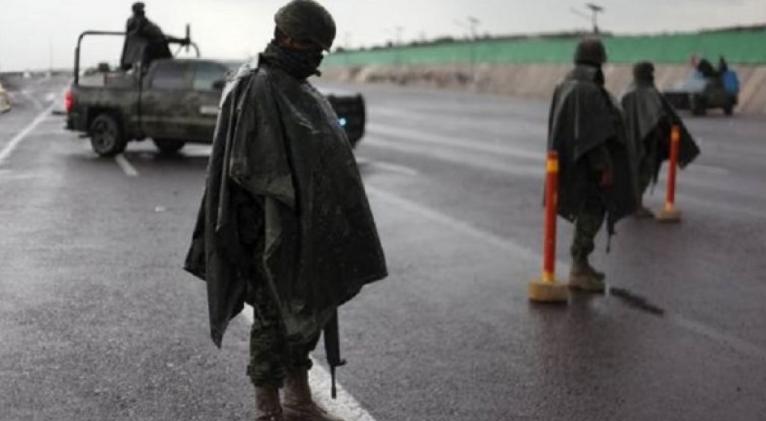New Evidence Proves 'El Chapo' Did Not Escape, He Was Let Go
especiales

Many experts in Mexico and around the world are still unclear just how high complicity is in the alleged escape of powerful and wanted drug lord Joaquin “El Chapo” Guzman, but what is becoming clearer, as further evidence is revealed, is that the Sinaloa cartel leader was allowed to leave jail.
The Ministry of the Interior told reporters Thursday that there are five main facts that prove that Guzman was let go from prison, including the fact that his GPS prisoner tracking bracelet was deactivated long before his escape.
“Prison officials also deactivated the motion sensor alarms throughout the maximum security jail in Almoloya de Juarez (about 60 miles north of Mexico City) enabling Joaquin Guzman's people to excavate the complex, high-tech and highly precise tunnel into his cell,” the ministry added.
The prison officials also neglected to follow cell rotation regulations for El Chapo: he was left in the same cell since he was locked up 17 months ago after his arrest in February 2014.
The surveillance camera in Guzman's cell was also moved, apparently in order to allow for a blind spot in the shower area. In spite of this, guards arguably should have still been alert to his suspicious behavior: the video still clearly reveals El Chapo looking at the floor of the shower and tightening his shoelaces, before heading to the shower area one last time, crouching suspiciously and disappearing.
Guzman was also allowed, against all prison regulations, to receive over 500 visitors, including lawyers, friends and intimate visits with women.
Last but not least, noises were heard throughout vast parts of the prison, especially beneath the area around Guzman's cell, and officials pretended not to hear these sounds, including during the last three days before his escape, when they became louder as they neared the surface of the cell.
How high complicity goes is still a mystery, but evidence leading from El Chapo all the way to the presidency exists. Former Drug Enforcement Agency director in Dallas, Phil Jordan, says there is documented evidence regarding Guzman's financing of Mexican President Enrique Peña Nieto's presidential campaign, while former President Vicente Fox was involved in his first escape from a maximum security jail in 2001.
Other factors to consider include that, as soon as Guzman was arrested last year, Peña Nieto's government rejected the possibility of extraditing him to the United States, as well as the fact the president and his cabinet ignored all warnings from Washington that Guzman was planning his second escape.
But, for many analysts, one thing’s for sure: El Chapo’s second escape is the latest example of Mexico's historic endemic corruption within its political, prison and justice systems.
“In Mexico, there is a parallel State run by organized crime that both Mexico City and Washington refuse to acknowledge,” Sergio Aguayo, Professor at El Colegio de Mexico and Visiting Professor at Harvard University, told Forbes.
And in the wake of his escape, according to Mexican magazine Proceso, there are “explosive new allegations that have emerged about the circumstances of the February 2014 arrest in the resort town of Mazatlan that landed him behind bars. For more than a year, the official story of El Chapo’s arrest has placed elite Mexican marines at the head of the operation, with U.S. federal agencies playing a crucial intelligence support role.”
Proceso asserts Guzman was not arrested by Mexican federal forces, but rather by DEA agents and U.S. Marshals, dressed as Mexican marines. Whatever the case, there is no doubt that his arrest was negotiated, as well as his escape, according to sources that recently spoke with teleSUR.













Add new comment